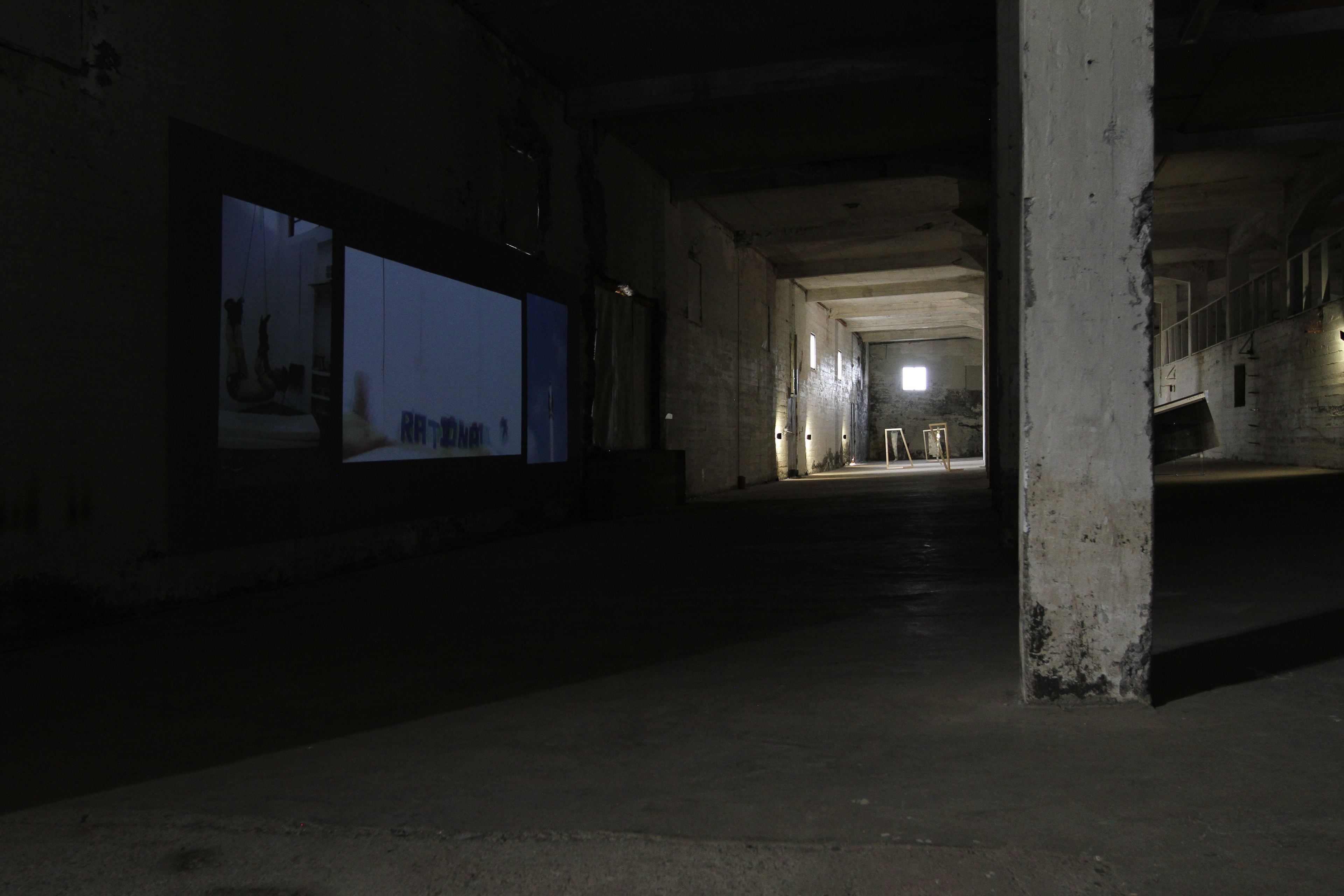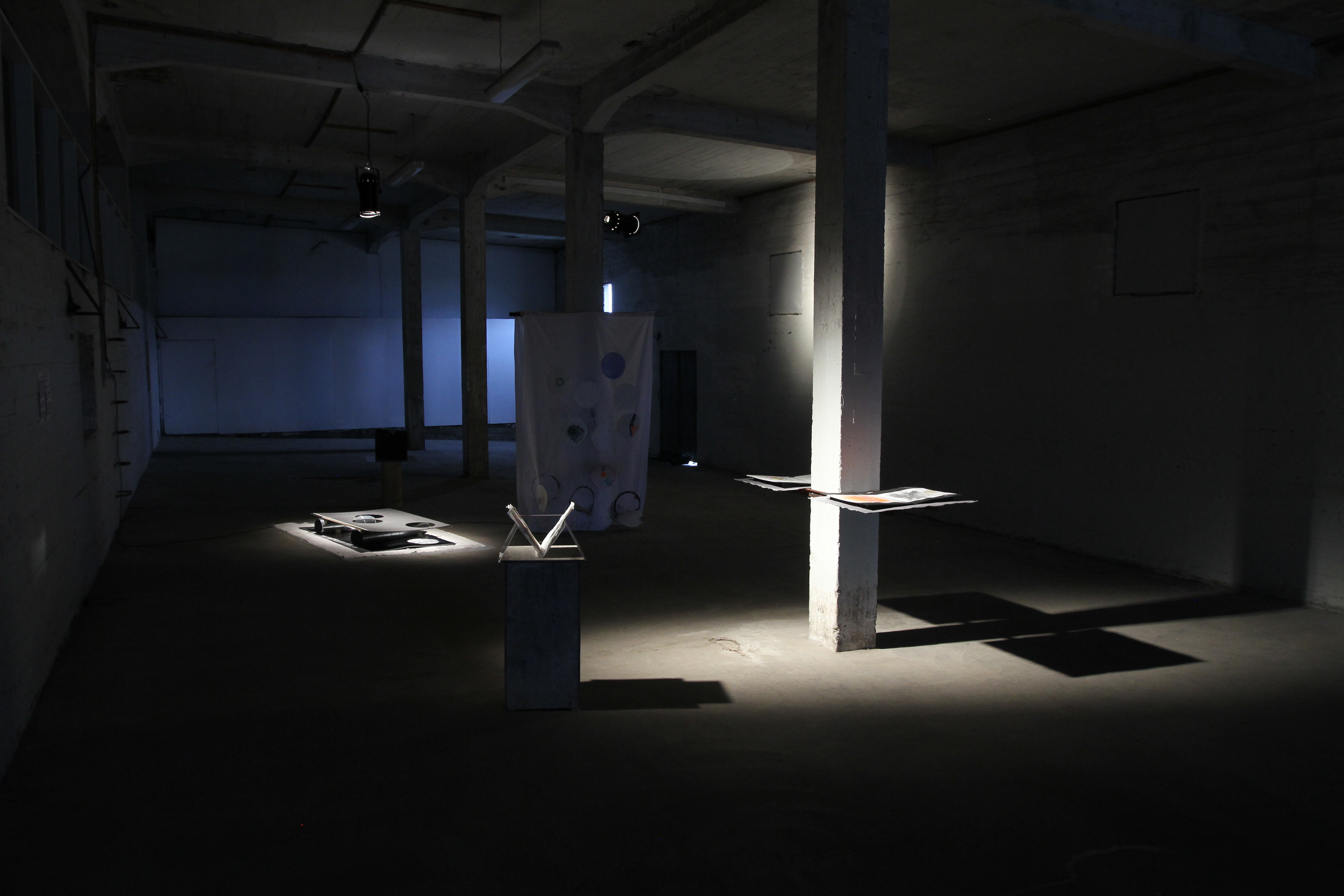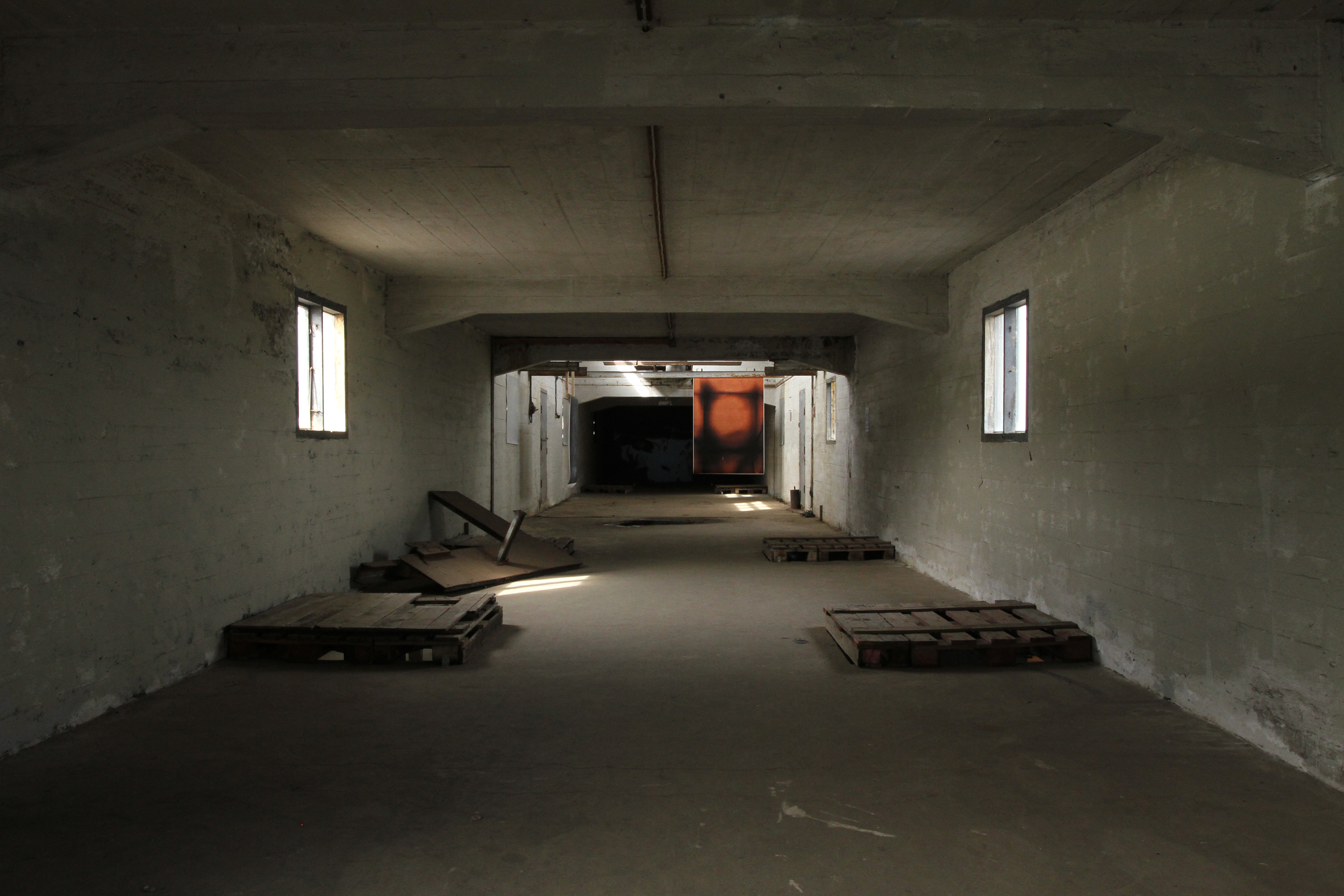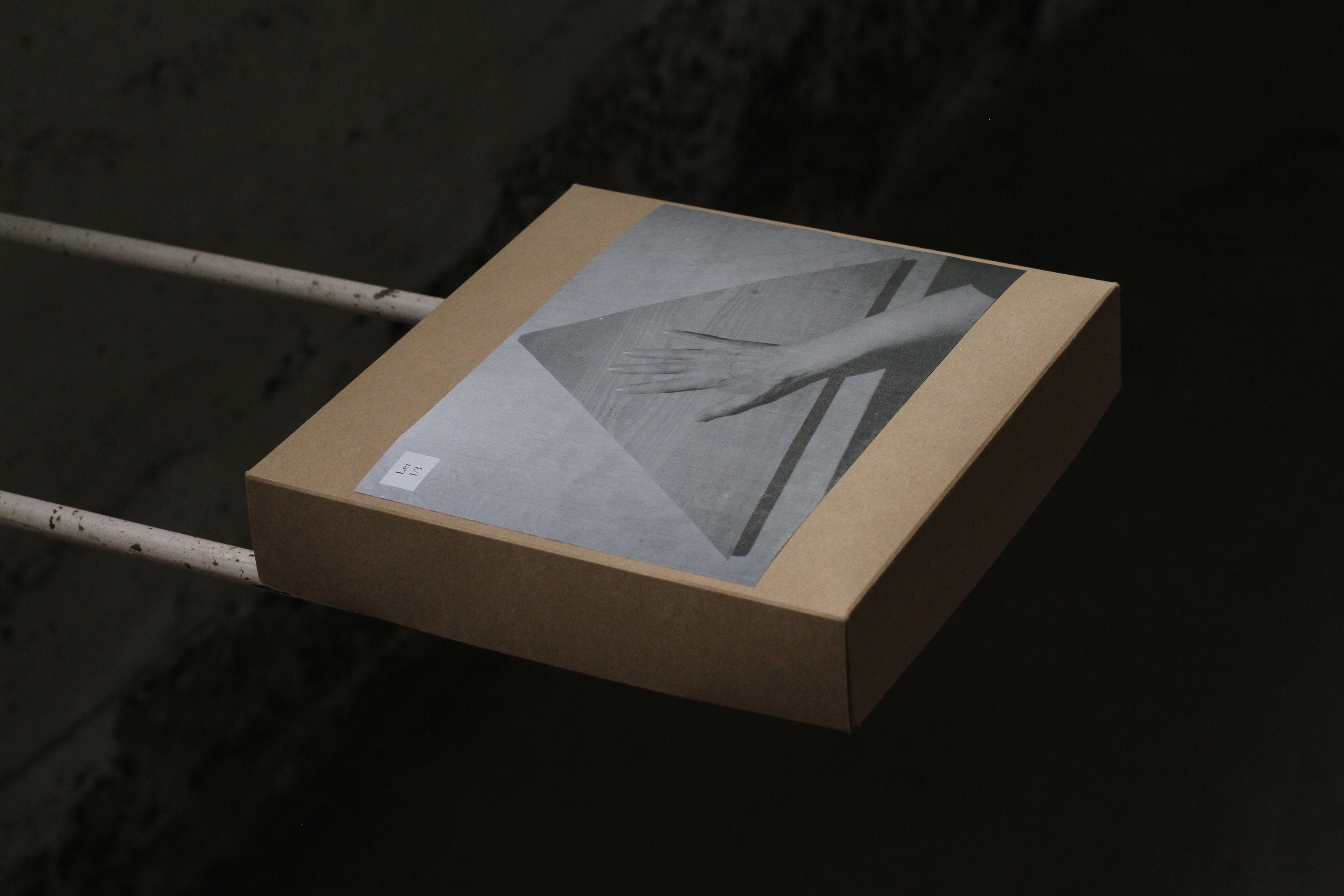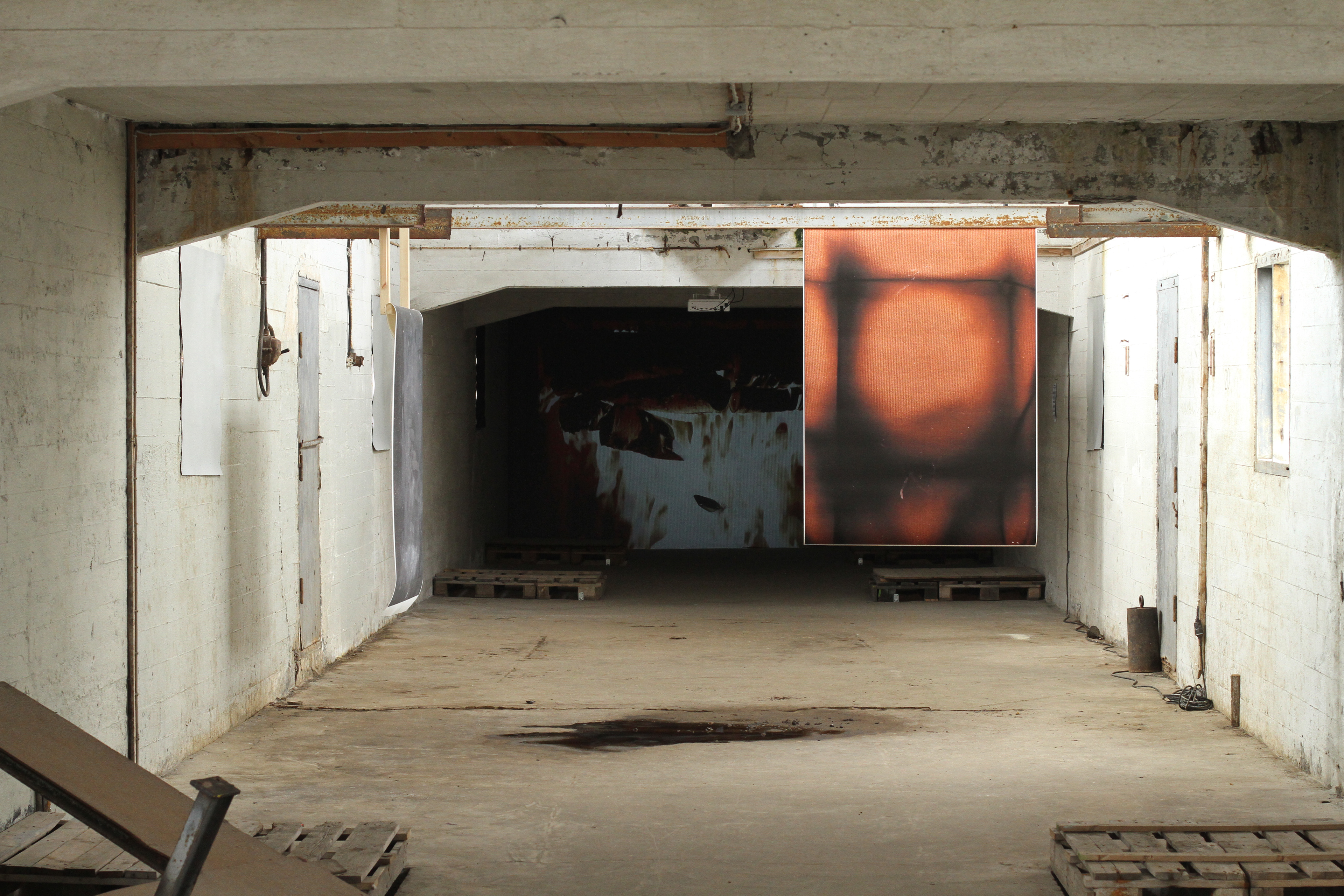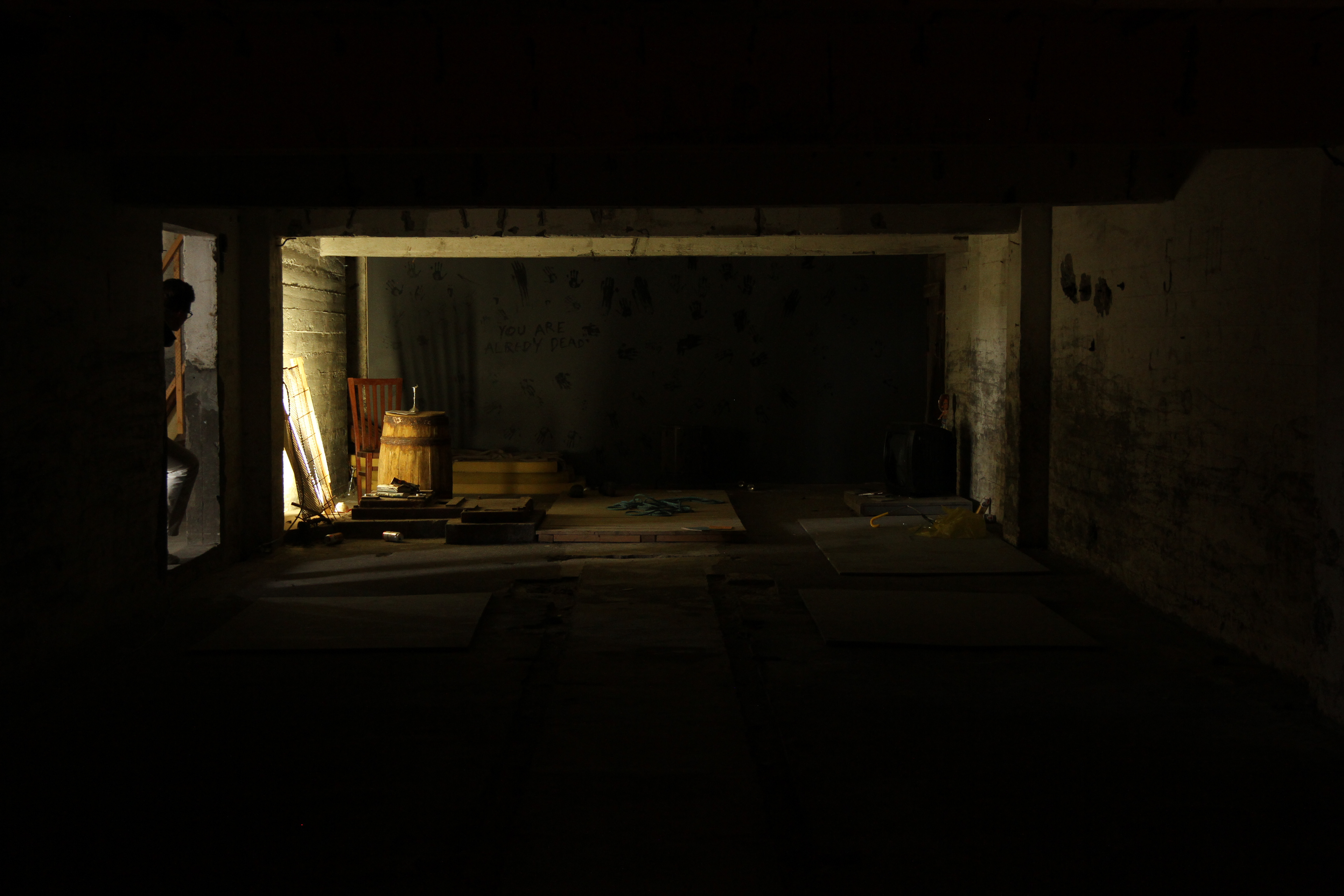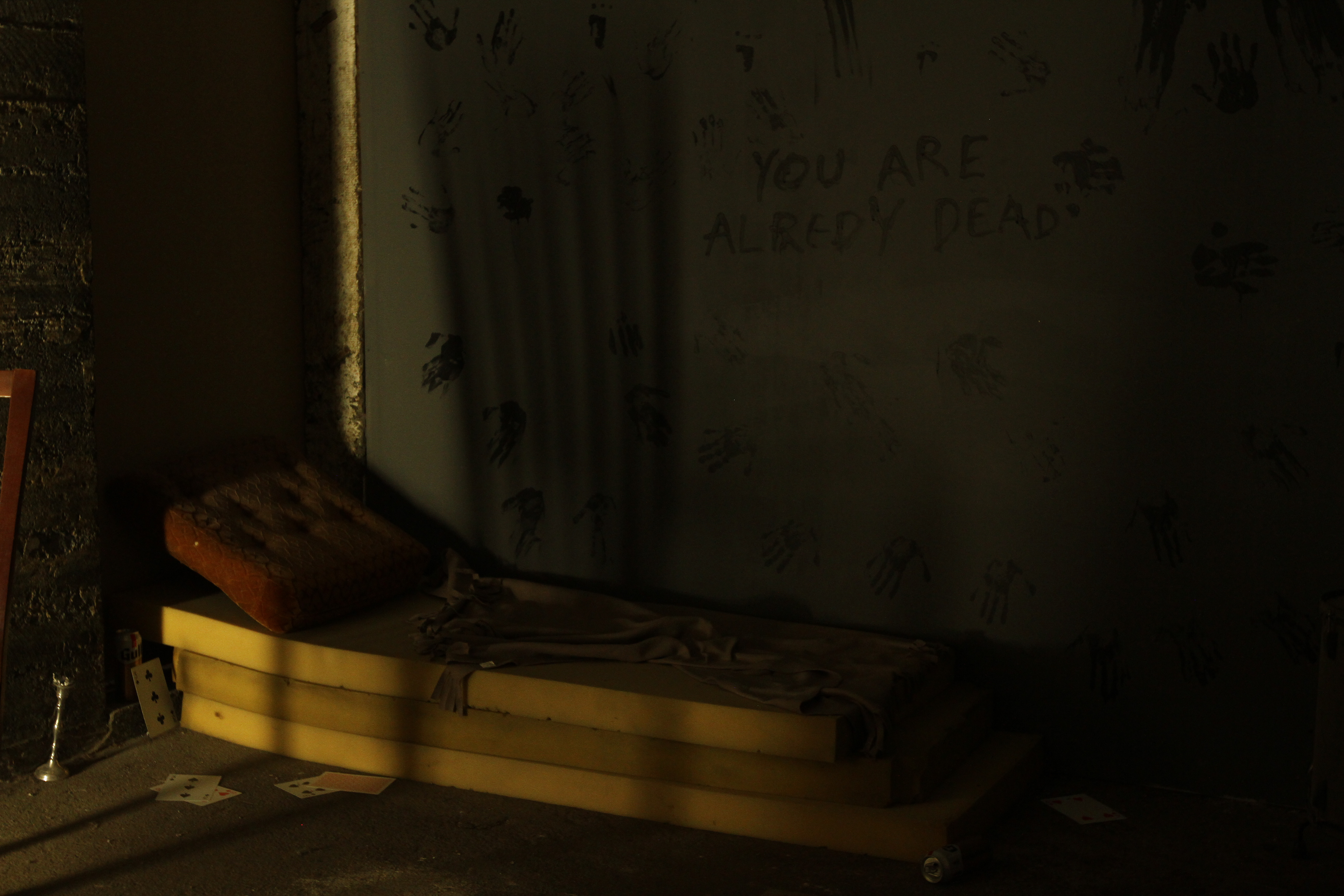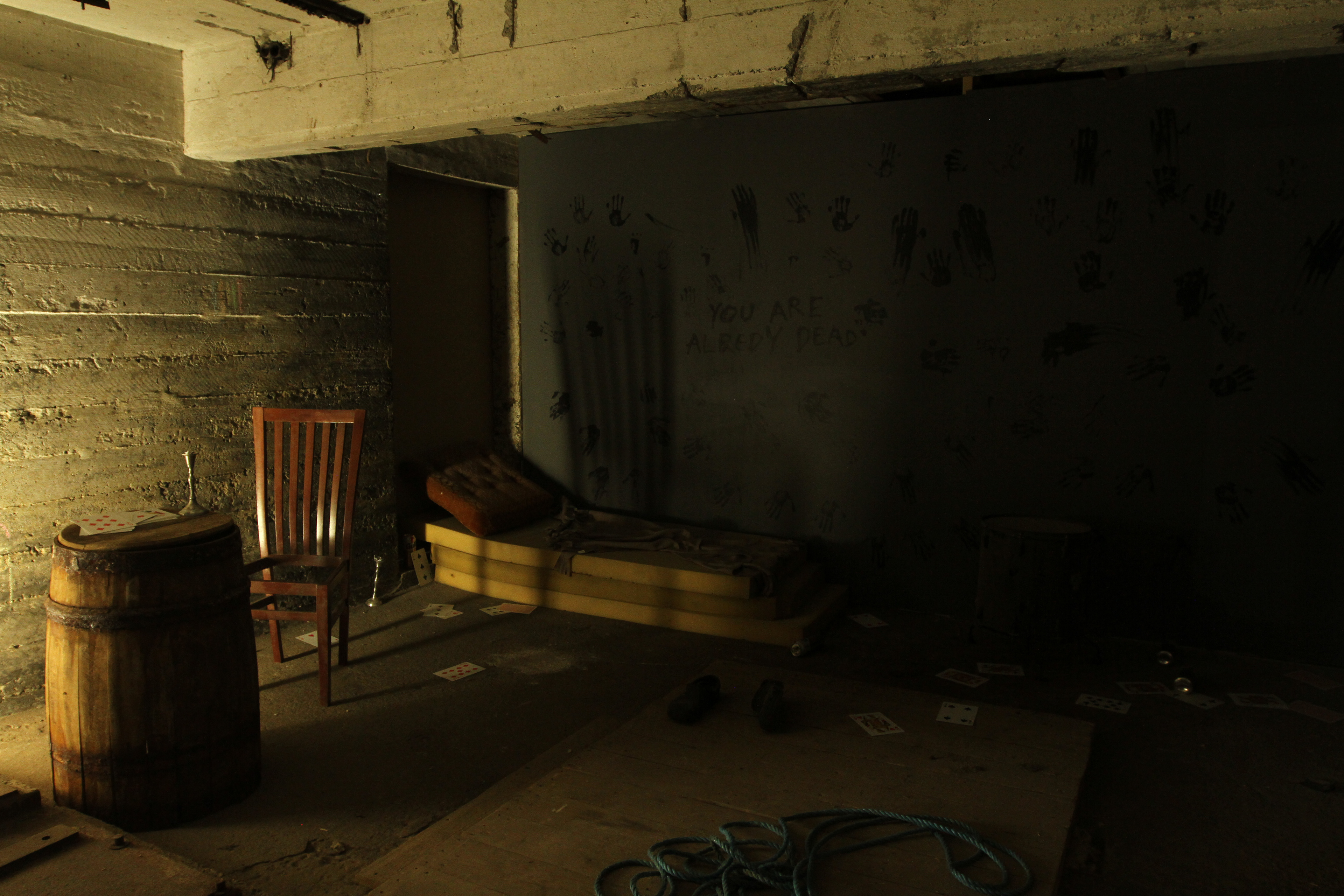03.08 /08.09 2019 LÍTILS HÁTTAR VÆTA _ STAFRÆN ÖLD VATNSBERANS
Artists/Listamenn:
Bryndís Hrönn Ragnarsdóttir
Eygló Harðardóttir
Geirþrúður Finnbogadóttir Hjörvar
Lee Lorenzo Lynch
Dan deMarre
Ólöf Helga Helgadóttir
Páll Haukur Björnsson
Pétur Már Gunnarsson
Þorbjörg Jónsdóttir
Curator/Sýningarstjóri: Erin Honeycutt
Text/Texti: Erin Honeycutt ( see below )
The exhibition explores the relationship of water as a metaphor for the subconscious and the fluid exchange of information that digital logic of contemporary society is built on, keeping in mind that information is the basis for conceptual art.
Lítils háttar væta -stafræn öld vatnsberans, kannar samskipti vatns sem myndhverfingu undirmeðvitundarinnar og flæði stafrænna upplýsinga sem nútíma samfélag byggir á og minnir á að upplýsingar eru grundvöllur konseptlistar”
MILD HUMITITY– THE (DIGITAL) AGE OF AQUARIUS
The Age of Aquarius brings with it many disparate connotations. Chief among them is an association with an era always on the brink of arriving. The actual dates of its arrival are contested, as are definitive statements on what will happen once it arrives, or what it means now that we are possibly living in the Age of Aquarius. While not being strictly part of astronomy, the Age of Aquarius is part of an astrological age occurring because of the cycle of precessions of the equinoxes. Each cycle lasts 25,800 years, equivalent to the passing of the 12 constellations of the Zodiac. About every 2,150 years, the sun moves towards the sign of a new zodiac constellation. The Age of Aquarius, therefore, begins when the Spring Equinox moves from the constellation of Pisces into the constellation of Aquarius. The dates for when this occurs/will occur varies from 1447 to 3597 AD.
The idea is that each astrological age affects humanity, therefore influencing cultural tendencies. With Aquarius being associated with electricity, cybernetics, democracy, humanitarianism, modernization, rebellion, and science fiction, it is thought by many astrologers that the 20th century is a likely time for the arrival of the Age of Aquarius, or at least a precursor. In Mild Humidity – The (Digital) Age of Aquarius, the aesthetic of this ever-elusive tomorrow is embraced by using water as a metaphor for the subconscious. The digital logic of contemporaneity is built on the fluidity of information, the same fluidity that guides the subconscious. In this way, telepathy and the open narrative systems of the internet are the key components to a hive mentality of networks that usher in a new era.
In the exhibition, Páll Haukur Björnsson explores this continuum of rational and intuitive logic in a video triptych in which digital logic exists in equal measures on both sides of the continuum. Geirþrúður Finnbógadóttir Hjörvar delves into the meaning of a matrix from a perspective of origin myths as well as that of modern-day information technology. The topology of space is explored through a series of installations involving real estate advertisement images, as well as imagery gathered from open-source internet sources such as images of the surface of a moon of Saturn. The structural nature of intersections is also explored within a combination of elements of nature, myth, and logic in Bryndís Hrönn Ragnarsdóttir´s assemblage in which a wooden surface is dotted out on a template to make it possible to capture its outlines on another surface. New aesthetic associations within the space is also captured in the work of Ólöf Helga Helgadóttir whose poetics involving distance, size, and time combine to create a conceptual world of materials guided by the perspective from a monocular.
With Aquarius literally meaning the ´water-bearer´, water is a fitting poetic metaphor to describe concept-driven artwork. Poetic associations address the way information and conceptual art is driven by an underlying sense of synchronicities within a collective conscious. The artists in the exhibition each address this aesthetic shift through an intuitive way of working with material and information. For instance, Pétur Már Gunnarson uses the building´s infrastructure as a frame for sculptures in which to embed images, while other objects reoccur in the space like an internal rhyme scheme. Eyglo Harðardóttir´s sculptural installation uses a variety of materials such as handmade paper, black foam, wood, and colored plastic to make new information about the materiality of light.
All of the artists are based in Iceland, where a specifically Icelandic canon of conceptual art that relies on a poetic play of words has made itself known in the past few decades. The artists may at first appear to come from different positions within the art historical context of Icelandic art. However, collectively, the artists re-envision a way of reading the aesthetic canon so that information itself may be seen as the material for which their work has been born. This information is not driven by the imagination of a single individual but is informed by a collective shift in perception that is slowly moving towards a less material basis for organizing society. One aspect of this depreciation of materiality can be seen in the Þorbjörg Jónsdóttir´s video installation showing hand-processed Super 8 film footage from an old-growth forest in Vaasa, Finland as well as a neighboring deserted theme park in which a fallen dinosaur replica and micro-shots of fauna such as lichen create a Ballardian Tivoli. Similarly, Lee Lynch and Dan deMarre´s video shows footage from Laxatung, the furthest suburb of Reykjavik where a conversation takes place outside a derelict house where the edges of civilization appear as a forgotten territory.
Erin Honeycutt




